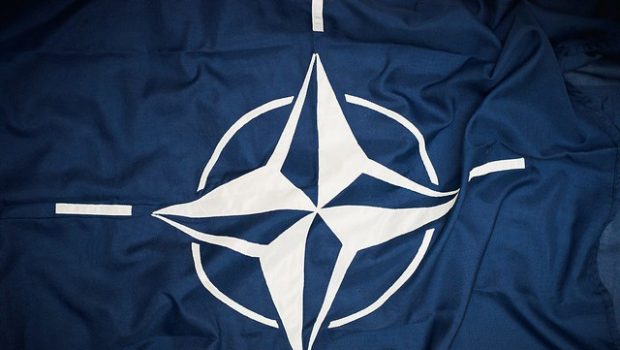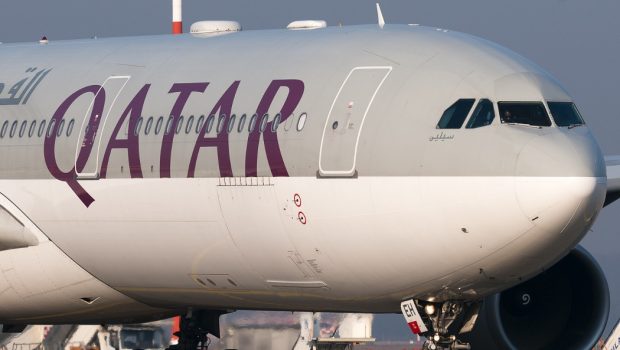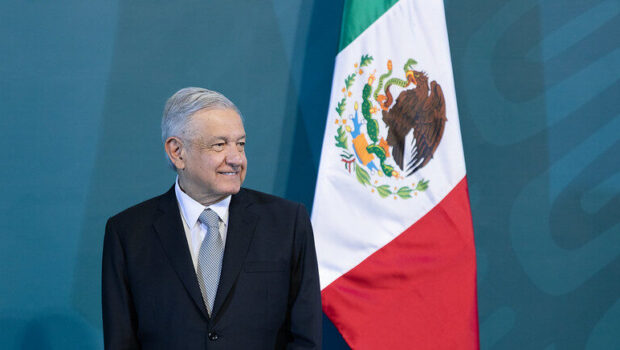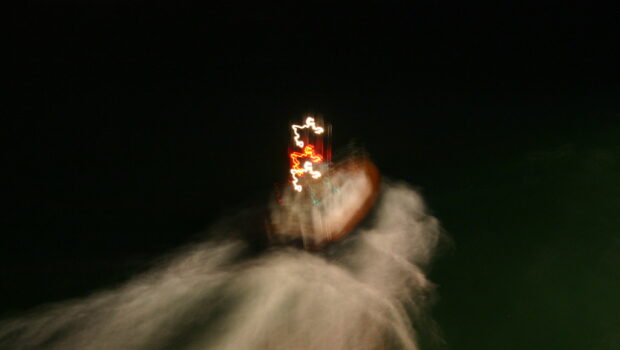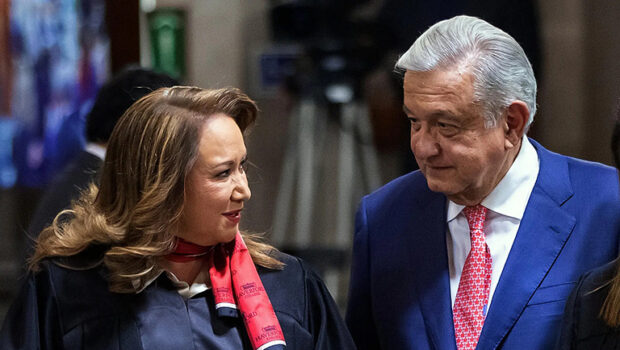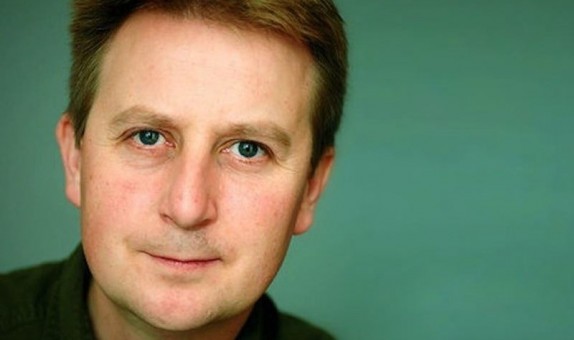NATO at 70: is the military pact still relevant?
Hélène Dieck
This year, the North Atlantic Treaty Organization (NATO) is celebrating its 70th anniversary, making it the longest and, in turn, most successful military pact in history. Starting with 12 members, the organization is now almost 30 members-strong, with Macedonia scheduled to enter the alliance soon. However, the celebration of this major milestone laid bare the lack of enthusiasm of its members. This is not the first time that NATO is undergoing a major crisis. Divisions among its members were apparent during the Suez crisis or France’s withdrawal from the integrated military command in 1966 and its opposition to the 2003 invasion of Iraq. In order to stay relevant, the organization needs to prepare for several challenges: how to combine its different members’ agenda and how to answer to the challenge posed by the current U.S. leadership.
One organization, 29 different voices
The single most critical challenge NATO is facing is the fact that its members have different opinions about which pressing military threat the Alliance should tackle. Originally, the Alliance was forged against the Warsaw Pact, in an attempt from Western democracies to deter the communist Soviet Union. NATO’s entire strategic planning used to focus on preparing itself for a Russian attack. After the end of the Cold War, NATO managed to reinvent itself. Seven members of the Warsaw Pact joined the alliance, as well as 3 former Soviet Republics. NATO contributed to strengthen nascent democracies in Eastern Europe and intervened in the Balkans in the 1990s, Afghanistan after 9/11, and the Horn of Africa, where an anti-piracy mission ran from 2009 to 2016. Today, NATO still leads 16,000 soldiers in Operation Resolute Support in Afghanistan.
However, southern countries believe NATO should now focus more on immigration from Africa and human trafficking. Eastern countries are more threatened by Russia’s renewed ambitions, especially after the 2008 conflict with Georgia, the 2014 annexation of Crimea, and the ongoing aggression in Eastern Ukraine. The perception of the Russian threat is not shared by other members, such as Turkey, who recently bought Russia’s most sophisticated antiaircraft system. Other members would like to see the Alliance tackle the daily cyberattacks perpetrated from Russia against NATO members on a daily basis. But even President Trump is not interested in pursuing this line of action.
In order to overcome differences in opinions about what threat the alliance should tackle, NATO has developed what members call “a 360-degree approach to security”, tackling all types of threats, anywhere. This approach has the advantage of creating opportunities for solidarities between its members. For instance, Latvians, knowing they need other members’ support on its Eastern front, are happy to lend a hand to Americans in Afghanistan. The counterpart to this approach is the long and tenuous process required to reach a compromise between all 29 countries, paralyzing NATO’s military chief’s decision-making. Although many see the benefit of giving the supreme allied commander for Europe more autonomy, most are reluctant to relinquish part of their sovereignty.
The U.S. leadership
By far, the Unites States in contributing the most to the alliance, representing by itself almost 70 percent of all NATO countries’ military spending. Even before the election of Donald Trump, the US has urged the other countries to contribute more to their collective security, reaching an agreement in 2014 to spend at least 2 percent of each country’s budget on defense. What has changed with the election of Donald Trump, however, is the stated intention to leave the Alliance if the other states don’t step up their military spending. During the campaign trail, candidate Donald Trump called NATO “obsolete”. President Trump regards NATO as a bad business deal, in which American tax payers are getting ripped off. As a consequence, Mr. Trump has been reluctant to renew the country’s commitment to Article 5 of the Alliance, which makes it mandatory to defend any member of the alliance that has been attacked. Although it was only formally invoked once, the day after the 9/11 attacks, this article 5 is the basis for the deterrent power of the alliance. Without US support, the credibility of the alliance is at risk.
President’s Trump’s tough talk against NATO is however balanced by the U.S. Congress’ overwhelming, bi-partisan support. For instance, last July, the Senate voted 97-2 in support of NATO. The House of Representatives voted its own NATO Support Act 357-22, which includes a prohibition to use any federal funds to withdraw from the alliance. Donald Trump himself has proved himself more ambivalent, publicly saying that NATO is “no longer obsolete” and that he is “committed to Article 5”. In addition, under Trump, the US has increased funding for America’s military presence in Europe by 40 percent. The alliance has indeed bolstered its defense posture against Russia, with a Very High Readiness Joint Task Force. In case of a Russian attack against the three Baltic countries or Poland, 30 mechanized battalions, 30 air squadrons and 30 warships would be ready to intervene within 30 days. This initiative is set to be operational by 2020. Two new military commands will be established to manage these forces: one in Norfolk, Virginia, and one in Ulm in Germany. In addition to more land power, NATO has increased its air power to protect the Baltic countries, following Russians’ enhanced military build-up near the borders in recent years. NATO countries take turns every four months to send a squadron to the Amari airbase in Estonia in order to be able to intercept Russian airplanes flying close to the border. Interceptions happen once or twice a week.
In 70 years, NATO was able to reinvent itself in order to face different threats collectively. Although the US president’s commitment to the alliance is uncertain, the United States realizes that it cannot face tomorrow’s threats alone. Russia is again one of the major security threats of our time. China has 4 times more people and will soon outrank the United States’ economy. On the other hand, European countries are beginning to take note of the lack of US leadership. NATO’s European members alone represent 10 times the size of Russian GDP. Given Donald Trump’s reluctance to support Europe, both France and Germany have already expressed their desire to create a European Army; further putting into question the future of the alliance.
 Hélène Dieck received her PhD from Sciences Po, Paris, France. She was previously responsible for elaborating military doctrine at the French Ministry of Defense and served as a visiting researcher at the RAND Corporation, Washington, DC. She currently works as a migrant welfare specialist at Qatar Foundation and recently publishedThe Influence of Public Opinion on Post Cold War U.S. Military Interventions (Palgrave, 2015).
Hélène Dieck received her PhD from Sciences Po, Paris, France. She was previously responsible for elaborating military doctrine at the French Ministry of Defense and served as a visiting researcher at the RAND Corporation, Washington, DC. She currently works as a migrant welfare specialist at Qatar Foundation and recently publishedThe Influence of Public Opinion on Post Cold War U.S. Military Interventions (Palgrave, 2015).
©Literal Publishing
Posted: May 26, 2019 at 8:00 pm


